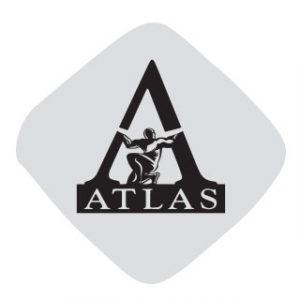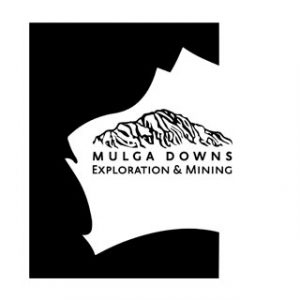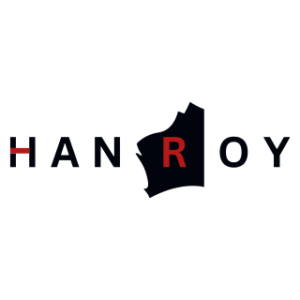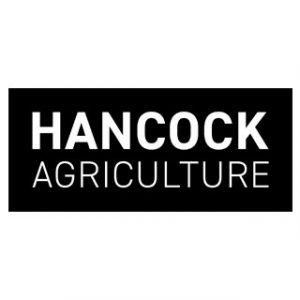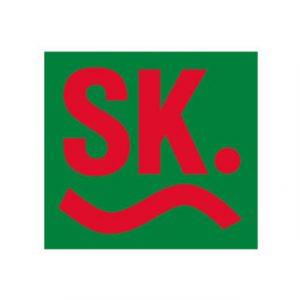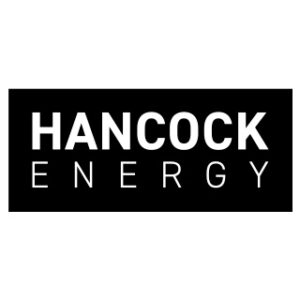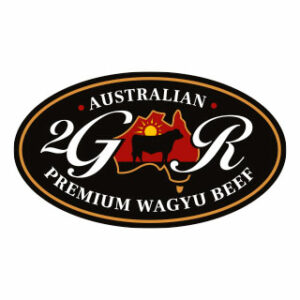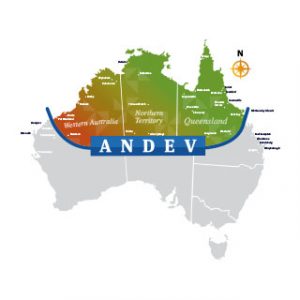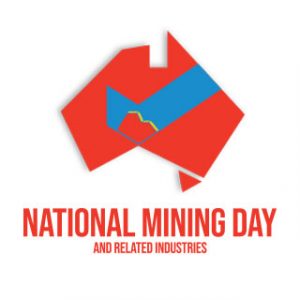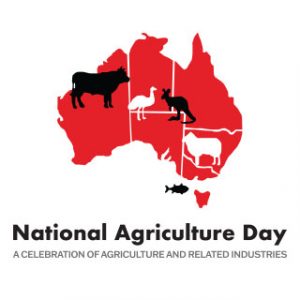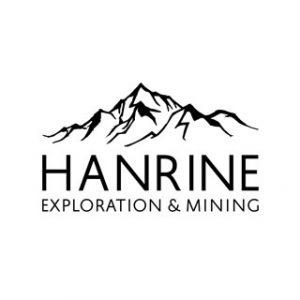Article courtesy of Australian Mining
A VISIT BY BRIDGESTONE’S VICE PRESIDENT FROM JAPAN TO ROY HILL’S IRON ORE PROJECT HAS HIGHLIGHTED THE COMPANY’S INTENTION TO ASPIRE TO OFFER THE BEST FOR ITS CUSTOMERS BY LISTENING AND WORKING DIRECTLY ALONGSIDE THEM.
The Roy Hill iron ore project in the Pilbara might seem like a strange place to see Hiroshi Harashima, vice president of Bridgestone’s diversified products development and production technology.
However, a visit to the Roy Hill Pilbara iron ore site has given Harashima-san an in-depth understanding of whether conveyors are operating at optimum efficiency in Pilbara conditions and how Bridgestone’s research and development (R&D) department can contribute to continual improvement.
“Part of Bridgestone’s foundation is to practice ‘Genbutsu-Genba’ decision-making based on verified onsite observations,” Bridgestone conveyor belt senior specialist Brian Farwell says.
“We then use these observations to make informed decisions. It’s about not being satisfied with the current situation and making informed decisions that will lead us ever closer to ideal products and solutions.
“We also practice ‘Kaizen’. This refers to activities that continuously improve all functions of our business and involves everyone.” Harashima-san’s trip down under exemplifies the personal commitment to product development, creative pioneering, improving processes, integrity and teamwork.
It forms part of the company’s strategy to work literally alongside customers to ramp up innovation and boost the productivity of conveyors by providing strong service and support.
The development of a closed-loop communication cycle is allowing information onsite to be fed directly back to the global R&D and product development teams, allowing Bridgestone to tailor continual improvement.
“We have major contracts with our customers, so our focus is to actively engage with them to understand their pain points and work together to produce positive outcomes in all operational aspects of conveying,” Farwell says.
Bridgestone’s ultimate aim at Roy Hill is to increase the life and reliability of the conveyor belts, which are imperative in delivering a site that produces 55 million tonnes per annum, and beyond to 60 million tonnes.
“The success of our business is directly proportional to how consistently we are able to improve our products. There are some conveyor belts that require frequent changes, so if we can extend the life of our belts there are huge operational benefits to our customers,” Farwell says.
While Bridgestone products have been used on the Roy Hill sites since inception in 2014, a recent contract has solidified the relationship, with Bridgestone to supply products and services to the ports and mines.
Bridgestone’s manager of its Pilbara Mining Solution Centre in Port Hedland (PMSC), Michael Guilfoyle, says the close relationship with Roy Hill has benefited both parties.
The PMSC that opened in 2017 is in convenient proximity to the Roy Hill site, again emphasising the company’s increased focus on working with its customers.
“We are able to help Roy Hill’s strategic supply and growth over the next few years so that they can not only secure a supply of equipment, but also have the knowledge and safety of a factory facility like we have in Port Hedland,” Guilfoyle says.
Guilfoyle emphasises that this sentiment is captured by a visit that the company’s Japanese executives made to the Roy Hill site.
“The objective was to figure out how we can align factory services to suit the site,” he says. “The secondary goal was to take recommendations back to the factory to enhance our tailor-made solutions on offer specifically for Roy Hill.”
The ultimate goal is what Guilfoyle describes as a “direct line” to Japan, ridding Bridgestone of any miscommunication that can occur in the process.
This provides Bridgestone’s engineers with a direct line of communication with its customers,
therefore feeding the company’s factories with principal information.
“Our engineers have a total understanding of any issue and can review their model to suit where possible, so the customer receives an outcome that meets expectations this process eliminates any possibility of issues lost in translation and misconceptions,” Guilfoyle says.
Bridgestone is proactively being challenged within the company to drive innovation through its R&D to achieve peak efficiency for Roy Hill’s conveyors.
As Guilfoyle points out, conveyors specifically require improvements to be tailored towards a customer’s individual preference.
“Our R&D team is constantly working to improve our products.
Our aim is to increase the operational productivity at Roy Hill,” he says.
“Unlike other products that are made to suit a vast number of machines, conveyor belts are made specifically for customers, therefore, customer’s input is vital.” The logic is emblematic of Bridgestone’s approach to forming close relationships with its customers and partnering with them to innovate and optimise products onsite.


